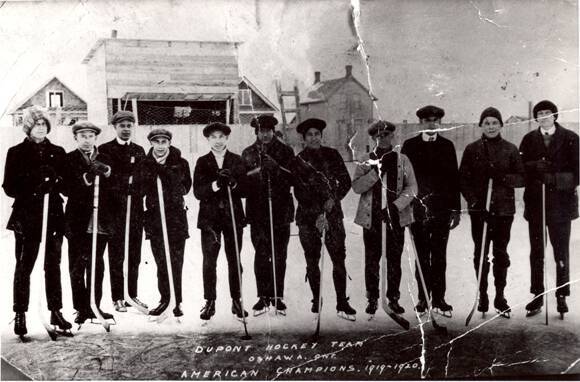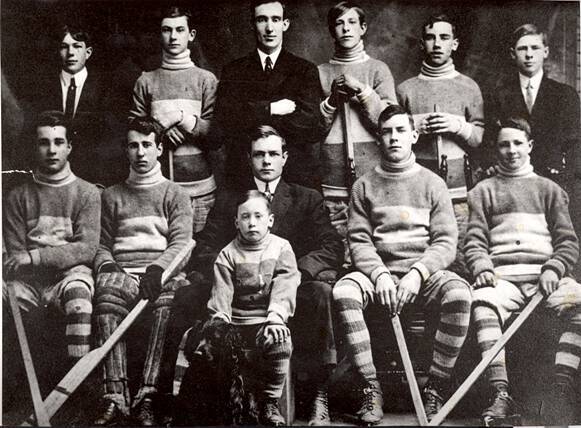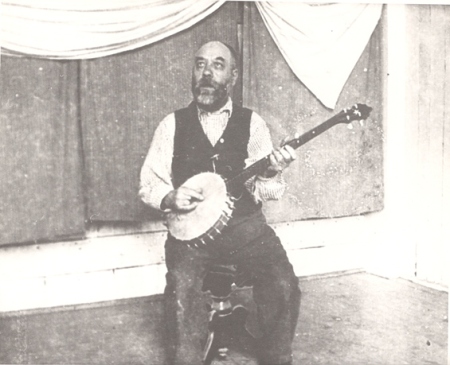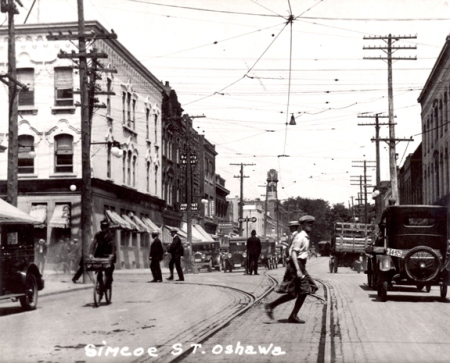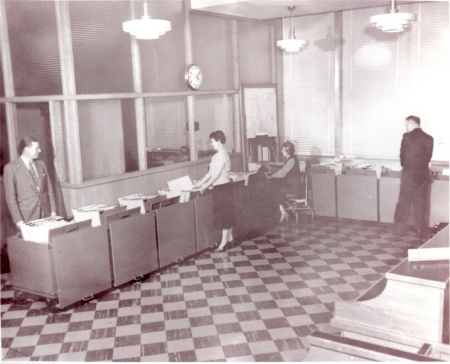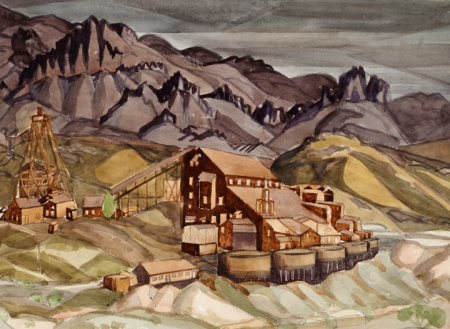“Hot Topics” blog posts come from the desk of Sam Mogelonsky, our Communications & Social Media Coordinator.
The RMG caught up with artist Margaret Rodgers to discuss her new exhibition Closeups.
The RMG: Can you tell us a bit about yourself?
Margaret Rodgers: As an Oshawa-based artist I am especially interested in local history but my work ranges across subject and medium quite extensively. Recent exhibition activity includes No Man’s Land (Erring on the Mount festival, Peterborough), The Tree Museum: Easy Come, Easy Go (AGP), WhiteOut, TAC Art/Work Gallery, Toronto, and OshawaSpaceInvaders, 2013-14. Earlier works relative to the Closeups exhibition include Out of Time at Oshawa City Hall, Money etc. (installation in a bank vault at 20 Simcoe N Oshawa), and (site/cite/cité/city) SPECIFIC: “The Shwa” a downtown Oshawa project exhibited as RENEWAL at Red Head Gallery Toronto.
I founded the IRIS Group, a collective of women artists, taught at Durham and Centennial Colleges, and was Director/Curator at VAC Clarington. My writing includes Locating Alexandra (Toronto: ECW, 1995) about Painters Eleven artist Alexandra Luke, and various reviews and essays for catalogues, journals and blogs.
In 2008 I organized IRIS in the North Country at BluSeed Studios and Hotel Saranac, Saranac Lake, NY, and showed there again in 2010 and 2013. For 2015, I am Guest Curator of Crossing Borders, an exhibition exchange with BluSeed for VAC Clarington. International exhibition activity includes Deviant Detours, Kunsthaus Gallery, San Miguel de Allende, Mexico and the Beijing World Art Museum, with seven Durham artists.
As a member of Heritage Oshawa I worked on DOORS OPEN and organized Heritage Week events at the Oshawa Centre.

Margaret Rodgers’ studio
RMG: Where did you get the idea for Closeups?
MR: I have always found it interesting that our photos are peopled with strangers who happen to be there in the background and to speculate on where our own images have ended up incidentally. In the IRIS at Bola show and later in Out of Time at City Hall I drew from images that included the 20 Simcoe N. environs–once a bank, then Burns Jewellers, Tribal Voices, and Bola. There was also a photo of a pub that existed there before the bank, and in all of the pictures there are people on the street, rarely posing but caught anyway, tiny and frequently blurred images that I found fascinating to contemplate.
In 2011 I installed Money, etc in the vault there. Subsequently we held an IRIS at Bola show in the store, and the following year The IRIS Group rented the space to create our own work and hold a series of workshops. Through exploring the building I found these old battered jewellery trays that had been used when Burns Jewellers was the owner. It was IRIS member Jan Prebble who suggested hanging them by their handles, and with permission from the manager we used a few in the workshops. When I was asked to make art relating to the Bouckley collection I thought that the trays would make perfect bases for the historic subject matter and got permission from the owner John Aquilina to take them.
RMG: What other artists have influenced your career/artistic practice?
MR: I am a huge Joyce Wieland fan for her gutsy exuberance and her use of any medium that fit her purpose. Also Gerhard Richter, but who isn’t? I studied with Krzysztof Wodiczko in a tiny Trent class that he called The Crown Donut School of Cultural Studies . His projected interventions were just becoming famous, and his brilliance was obvious. I think the idea of using unconventional methods and media probably comes mostly from him.
RMG: What is your favourite image from the Thomas Bouckley Collection?
MR: I loved all of the ones I worked with, since I pored over the collection trying to make choices, the images of children are particularly appealing but the entire collection is engrossing.

Margaret Rodgers, Fireman and Fan, Prospect Park 1900, 2014
RMG: What draws you to using historical photographs in your work?
MR: I think it comes from looking at similar photographs in my family collection, trying to see into the past and think about those long gone relatives, who they were and what they were like. I have inherited albums from a dear aunt who was born in 1890 and who told me many stories about her early life. In the 1980s I did a series based on this personal history, and have been thinking about it again.
Also my son and I visited Thomas Bouckley one time when he lived in Bond Towers. I remember his apartment being crowded with photo equipment and his stories about bribing the garbage collectors to watch for any discarded photographs. We were thrilled to meet him since we loved his books.
Working on Heritage Oshawa also brought home the great loss that the city has suffered in the destruction of its earlier architecture. While there is definitely something about sentiment and nostalgia, both frowned upon in the art world, incidentally, there is also this desire to reach into the past and establish a connection to what once was.
RMG: What do you hope visitors will take away from seeing the exhibition?
MR: In terms of the photographic work of art, consideration is also given to point of view, to the photographer’s choices, to the overall cultural construct in play. It’s always interesting to contemplate the unseen, the undocumented. We are given images that show a busy prosperous city, or families at leisure. I tried to find that person off to the side, or engulfed in a crowd. I would like people to think about the images within the context of a comfortable middle class, but to understand that this would have been only a part of society.
Aside from simply appreciating the artworks of themselves, I hope they will have fun with it, make a game out of trying to match the Bouckley pieces with the figures I have pulled from them, and enjoy a bit of our local history.
Closeups: Margaret Rodgers
Selections from the Thomas Bouckley Collection
23 January – 7 May, 2015
Opening: RMG Fridays, 6 February, 7-10pm
Artist talk with Margaret Rodgers: Sunday 22 February, 1-3pm
